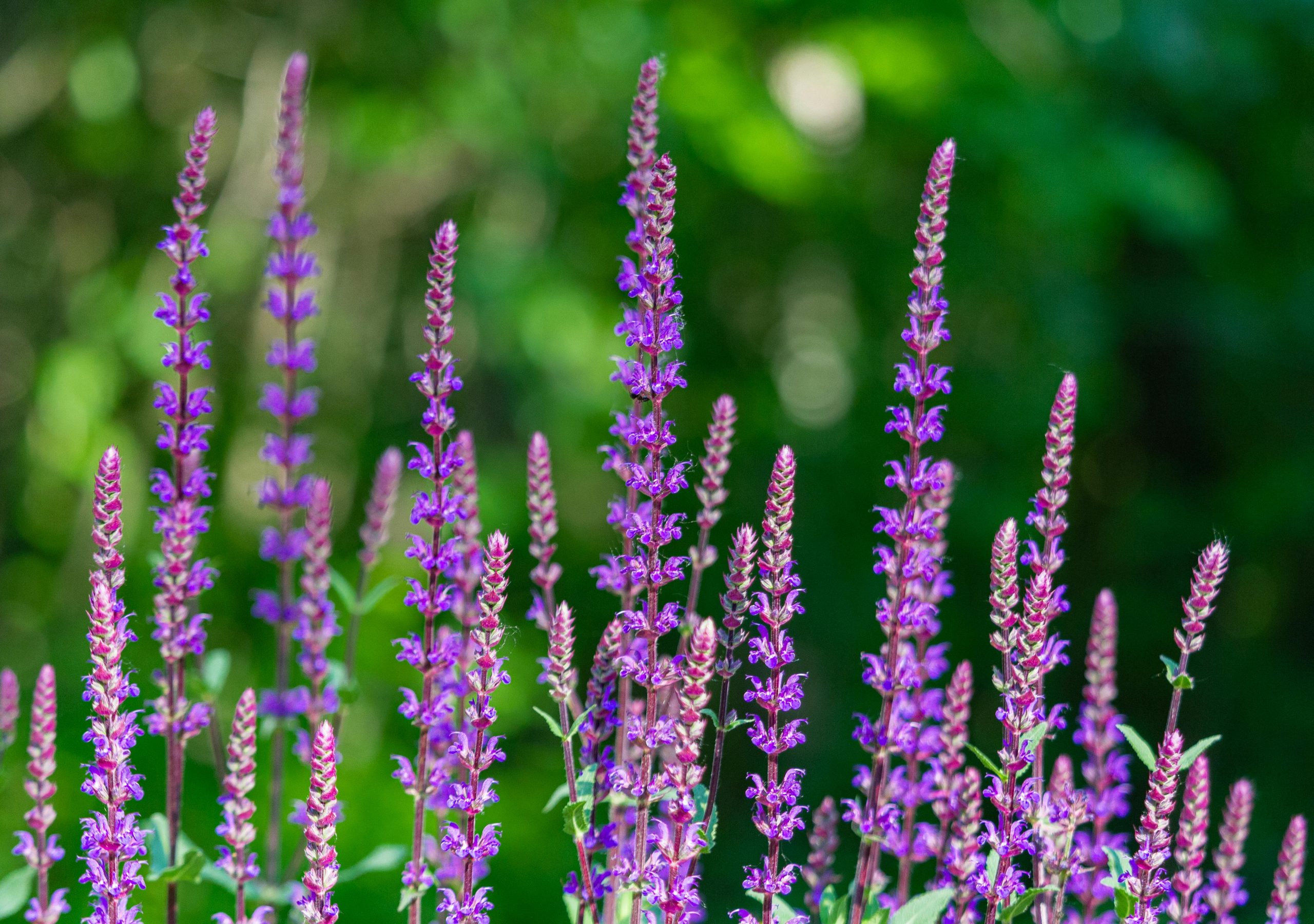Growing?and Caring for Russian Sage: Complete Guide
by Mark Hunt

Russian sage is appreciated for its elegant beauty and resilience. With its attractive silvery foliage and light lavender-blue flowers, it is a delightful addition to gardens that require little care. This plant can provide beauty and structure to a garden space for the duration of the growing season when properly cared for. Here is what you need to know about planting?and caring for Russian sage for decades of beauty.
Understanding Russian Sage
Russian Sage?(Perovskia atriplicifolia): Russian sage is a perennial after my own heart, being both dead simple to grow in a sunny spot and absolutely gorgeous. It?boasts of its tall stems adorned with aromatic, silver foliage and delicate, tubular flowers. Flowering midsummer?to early fall, it adds height and colour to beds and borders. Loves dry soil, which is why it’s often used as a low-maintenance plant in many gardens.
The way this plant harmonises with other perennials, such as coneflowers and ornamental grasses, is often appreciated by gardeners. Bees and butterflies come to pollinate this flower, bringing a flutter and?buzz to the garden.
Ideal Growing Conditions
Russian sage requires a suitable growing environment to thrive and grow robustly, which means the right soil, sunlight, and temperature.
- Sun: This is a full?sun plant. These require a minimum of six hours of sunlight daily to grow thick and rich blooms.
- Soil: Well-drained soil is essential. The sandier?or loamier, the better. Amend heavy clay with compost or coarse sand to prevent waterlogging.
- The Russian sage?endures heat and even some moderate cold. Grows best in USDA?zones 5 through 9.
- Irrigation: A Little more watering?is required after establishment. Too much water saturates the soil and?causes root rot. Allow the soil to?dry between waterings.
Planting Russian Sage
- A healthy plant starts?with proper planting. New plants should be set into the?ground in early spring or late autumn.
- Select a sunny ceramic dish with proper ventilation.
- Excavate a hole that is two times as wide as?the plant’s root ball but the same depth.
- Carefully set the plant into the hole and then fill it with the soil you just loosened.
- Firm?the soil around the base and water lightly.
- Leave about 2 feet between the plants for air movement to minimise fungal growth.
- It also releases soil moisture, but at the same time, it prevents weeds. An organic mulch can retain?too much moisture, so something thinner, like gravel or a coarse mulch, works great.
Caring for Russian Sage
This perennial thrives with regular maintenance.
- Pruning: In late winter/early spring, before new stems have emerged,?cut the stems back by one-third. Prune regularly to encourage dense growth and new flowering.
- Fertilising: Excessive feeding is unnecessary. They just need a little balanced fertiliser in the spring for a steady supply?of growth.
- Water: You should only need to water mature plants on a dry day or two here and there. Avoid soaking the soil frequently.
- Pests and Diseases: Russian?sage seldom experiences issues with pests. Fungal infections are avoided?with the right amount of drainage and airflow.
Propagation Methods
Propagation enables the easy expansion of the plant collection. There are two common approaches:
- Propagation: Softwood cuttings in?late spring. Submerge them in rooting hormone and place them in damp soil until roots start to form.
- Division: In early spring, pry up an?established plant and gently separate the root clumps. Replant them in prepared soil.
- Both methods produce healthy offspring that exhibit characteristics of the parent?plant.
Landscaping Ideas
The?shape and size of Russian sage can add a great touch to any type of garden. It complements flowering shrubs, ornamental grasses, and stone walks beautifully. The silver leaves make it a great companion next to brightly coloured blooms.
Consider using it as:
- Border Plant?in Perennial Beds Background Plant
- Soft contrast with roses or daylilies?as a companion.
- An element of xeriscape?designs for low-water gardens
- It is well-suited for open landscapes and sunny slopes due?to its drought tolerance.
Winter Preparation
Russian sage dies back to the ground in winter, a phenomenon that might seem unusual. Mulch lightly around the base to protect?roots from extreme frost. Cut it as late as possible in autumn, as the stems insulate the plant in?winter. Once the temperatures start to heat up again, it will sprout once more.
Conclusion
For elegant, easy-care beauty in the garden, Russian sage remains a classic choice. This drought-tolerant perennial graces landscapes with its lovely flowers and is a low-maintenance addition to any area throughout the year. With a?few straightforward planting and care steps, the gardener can relish its allure season after season. With its pale green leaves and easy-to-grow pastel flowers, it remains a classic plant for gardens big and small.
Russian sage is appreciated for its elegant beauty and resilience. With its attractive silvery foliage and light lavender-blue flowers, it is a delightful addition to gardens that require little care. This plant can provide beauty and structure to a garden space for the duration of the growing season when properly cared for. Here is what…